But, when you look at just a minimal crop, the blurriness is easy to see:
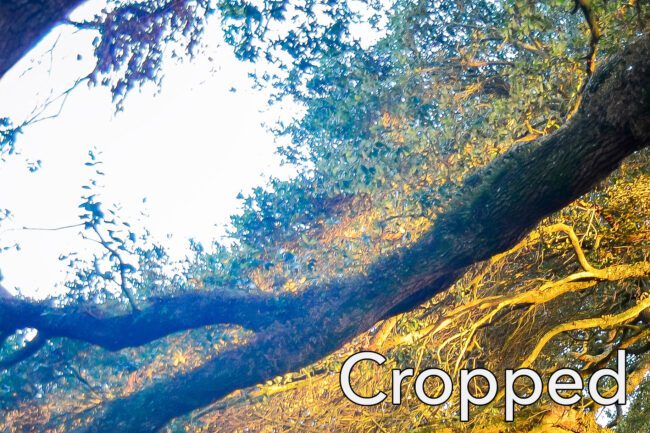
Don’t make the same mistake I did! Yes, this was an old filter, but cheap ones today do exactly the same thing. Personally, I never use a clear, protective filter on my lens anymore, except in environments where I also need protective eyewear. If you do need to use a filter, make sure it’s a good one from a name brand like B+W, and not the first on the low-to-high price list on Amazon.
ولكن عندما تنظر إلى محصول بسيط، فمن السهل رؤية التشويش:

لا ترتكب نفس الخطأ الذي فعلته! نعم، كان هذا مرشحًا قديمًا، لكن المرشحات الرخيصة اليوم تفعل نفس الشيء تمامًا. شخصيًا، لم أعد أستخدم مرشحًا وقائيًا واضحًا على عدستي بعد الآن، إلا في البيئات التي أحتاج فيها أيضًا إلى نظارات واقية. إذا كنت بحاجة إلى استخدام مرشح، فتأكد من أنه مرشح جيد من علامة تجارية مثل B+W، وليس الأول في قائمة الأسعار المنخفضة إلى الأعلى على أمازون.

Don’t make the same mistake I did! Yes, this was an old filter, but cheap ones today do exactly the same thing. Personally, I never use a clear, protective filter on my lens anymore, except in environments where I also need protective eyewear. If you do need to use a filter, make sure it’s a good one from a name brand like B+W, and not the first on the low-to-high price list on Amazon.
ولكن عندما تنظر إلى محصول بسيط، فمن السهل رؤية التشويش:

لا ترتكب نفس الخطأ الذي فعلته! نعم، كان هذا مرشحًا قديمًا، لكن المرشحات الرخيصة اليوم تفعل نفس الشيء تمامًا. شخصيًا، لم أعد أستخدم مرشحًا وقائيًا واضحًا على عدستي بعد الآن، إلا في البيئات التي أحتاج فيها أيضًا إلى نظارات واقية. إذا كنت بحاجة إلى استخدام مرشح، فتأكد من أنه مرشح جيد من علامة تجارية مثل B+W، وليس الأول في قائمة الأسعار المنخفضة إلى الأعلى على أمازون.


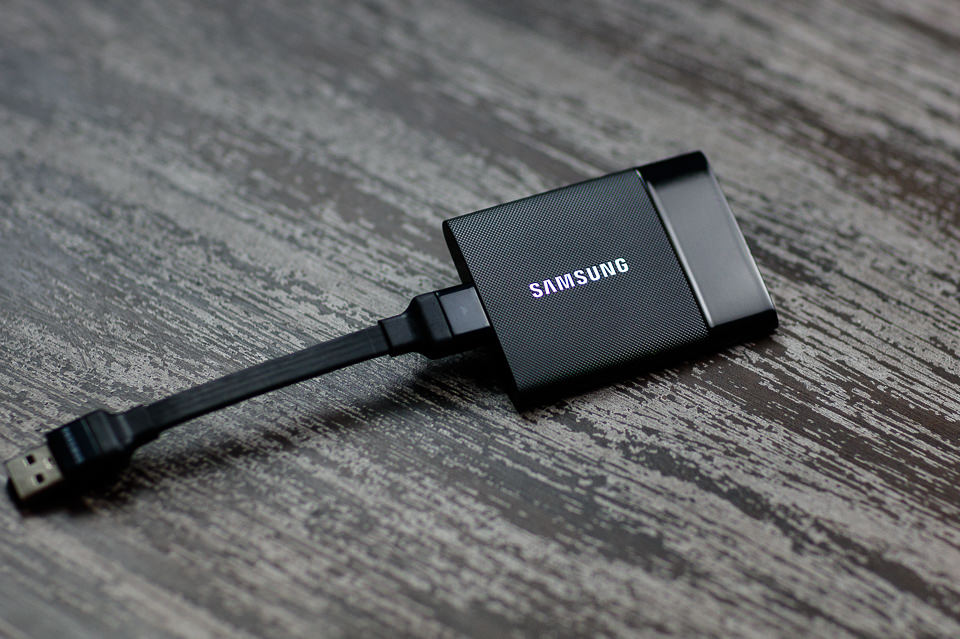 An external SSD hard drive
An external SSD hard drive
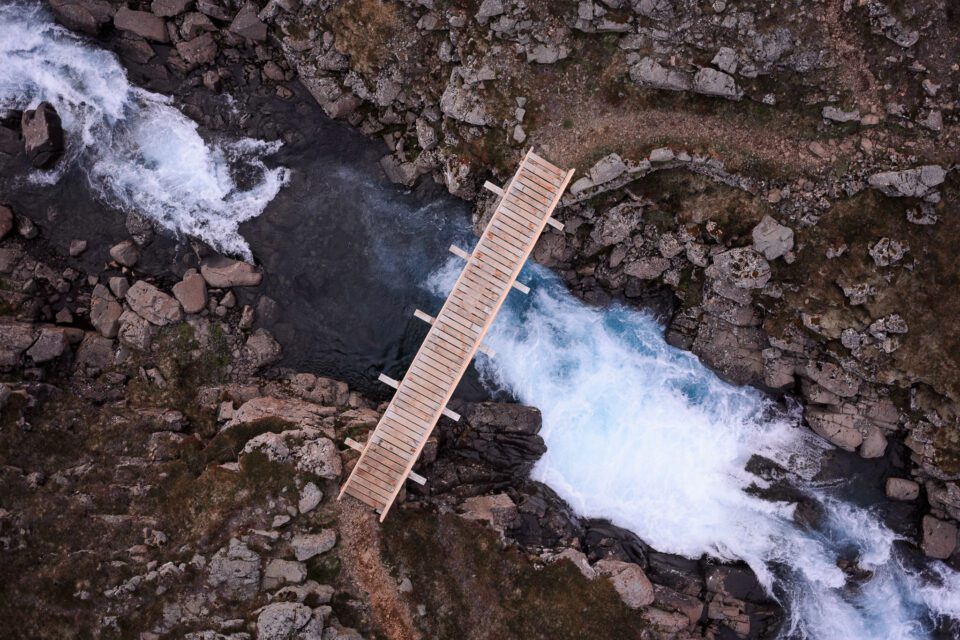
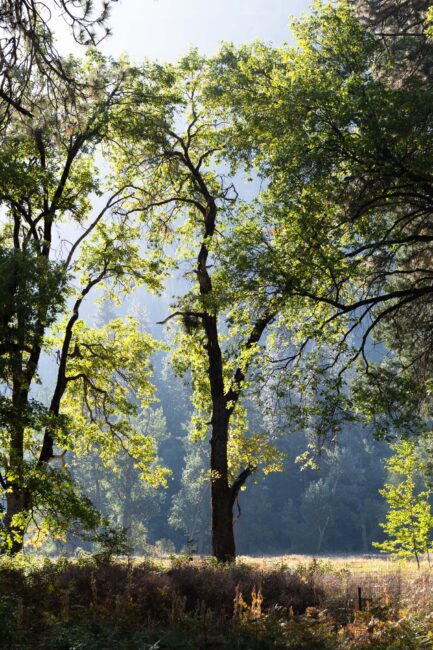

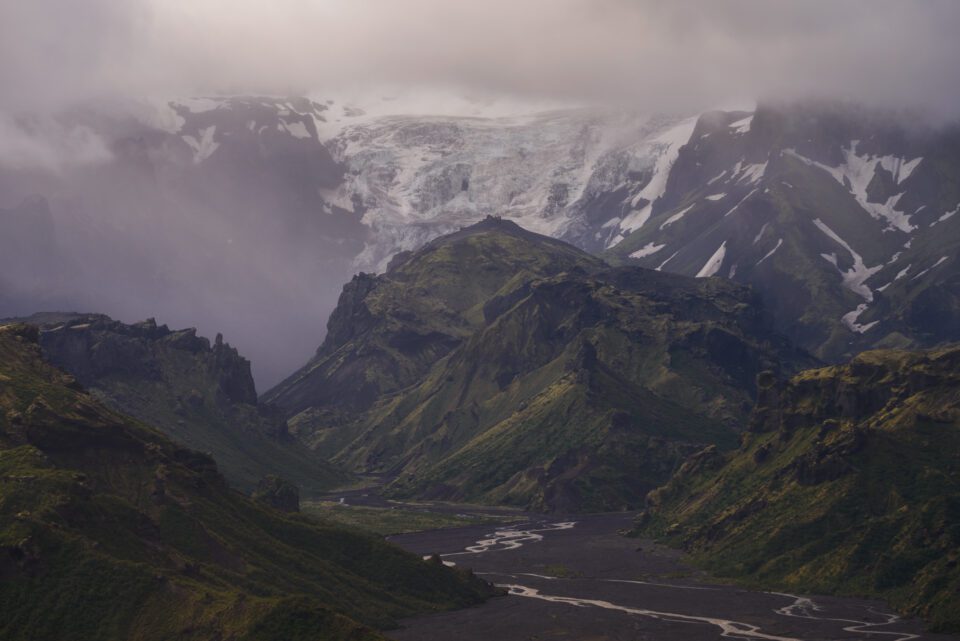
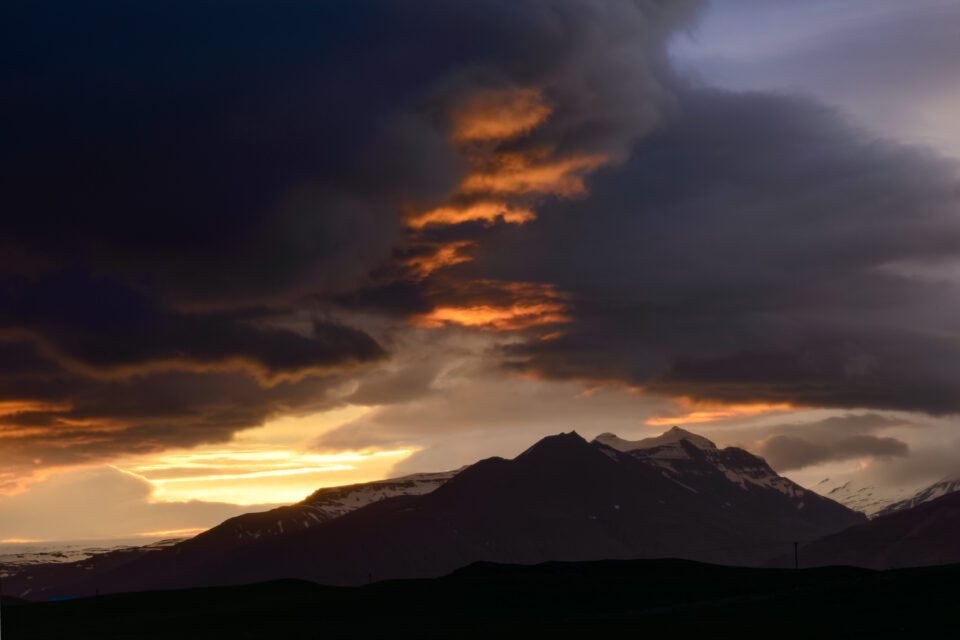
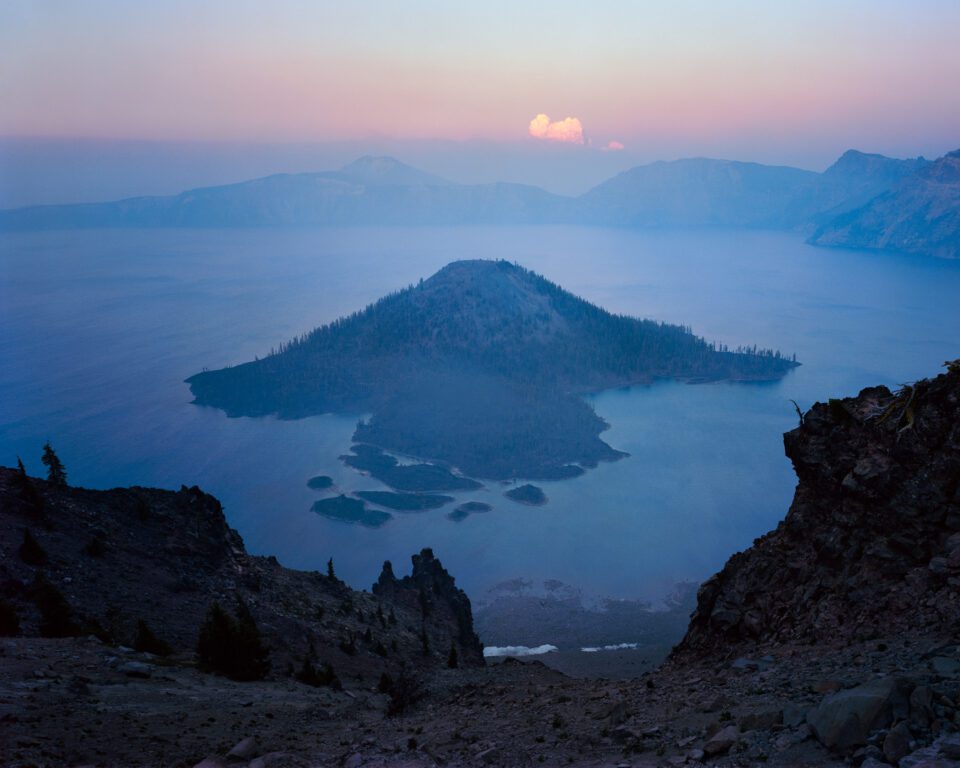
تعليق